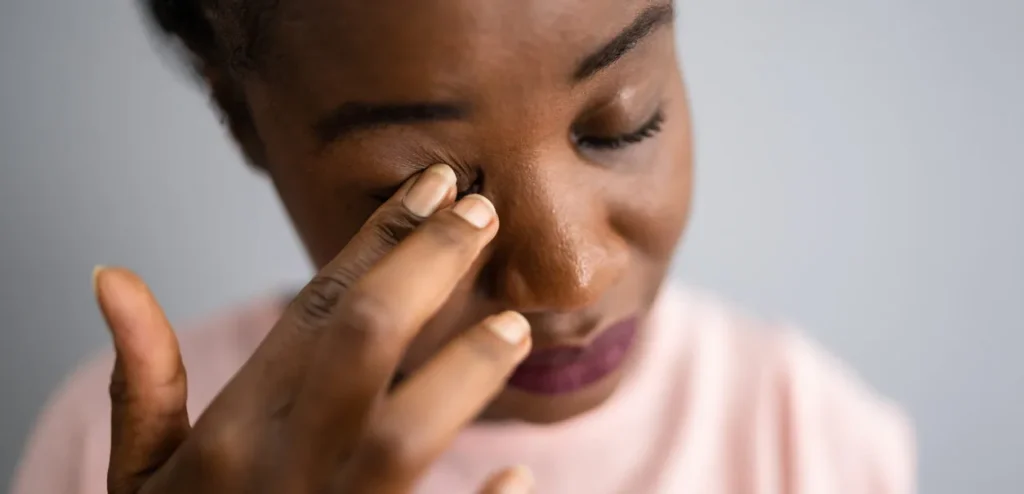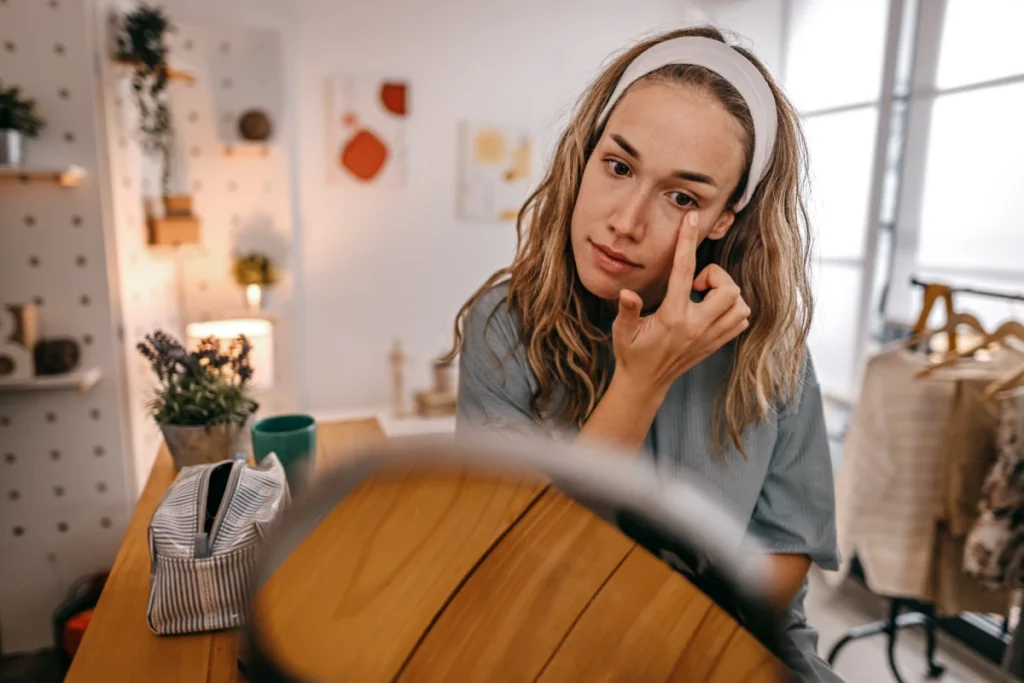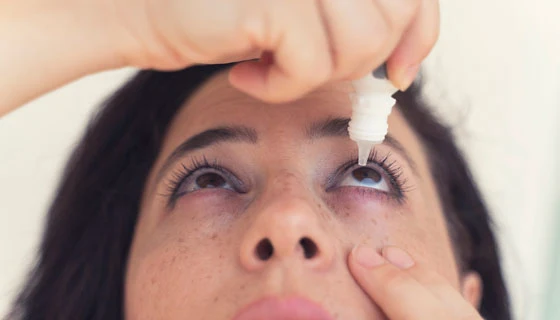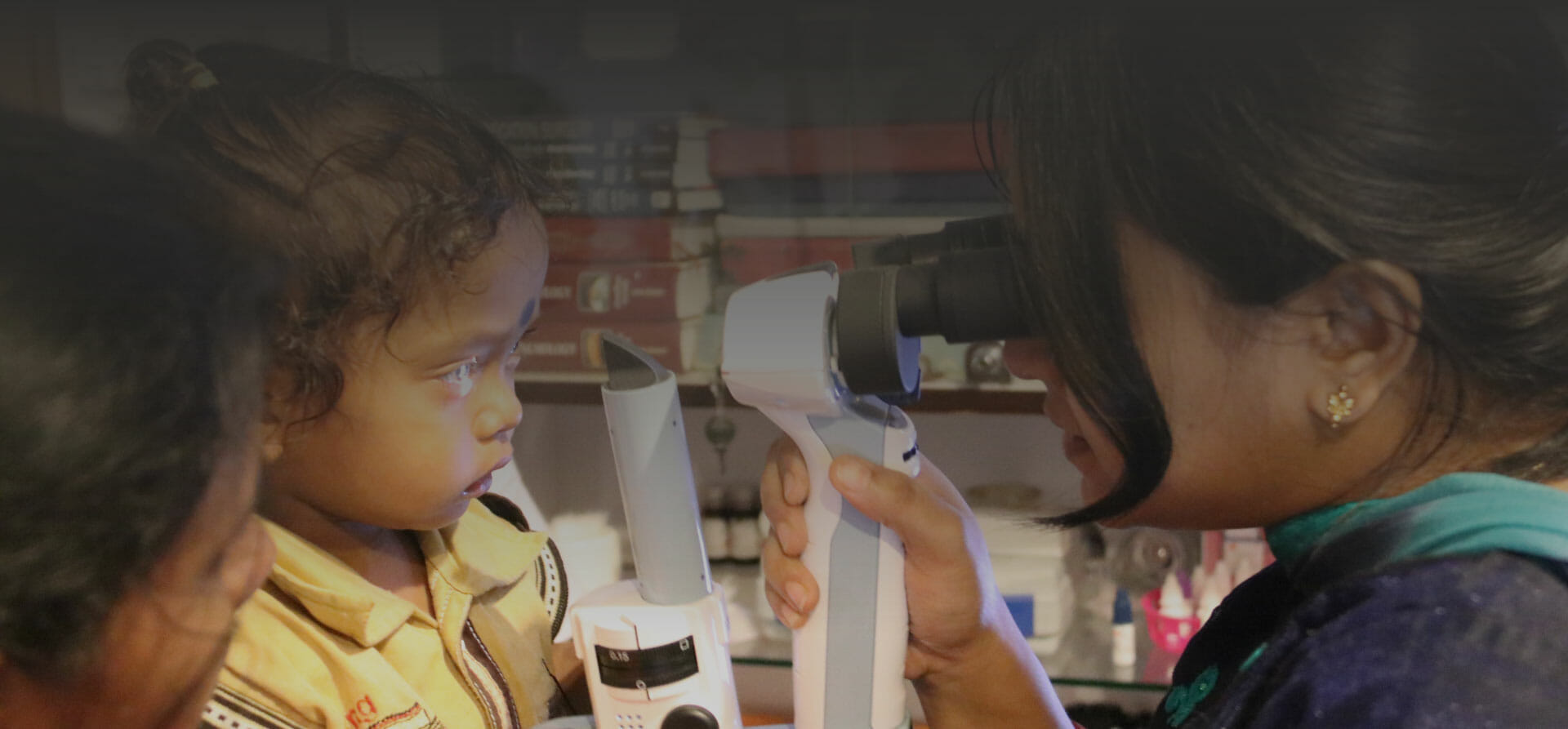Have you ever felt a painful bump on your eyelid? It could be an eye stye! In this blog, we’ll explore everything about eye styes. From what causes them to how you can treat and prevent them, let’s uncover the facts together. Get ready to learn how to keep your eyes healthy!
Contents
What Is an Eye Stye?
An eye stye, also known as a hordeolum, is a small, painful lump that forms on the edge of your eyelid. It typically looks like a red, swollen pimple or boil. Styes occur when one of the tiny oil glands near the base of your eyelashes becomes infected with bacteria. This infection causes inflammation and leads to the formation of the painful bump.
- Styes can form on either the upper or lower eyelid. They usually appear on the outside of the eyelid but can occasionally develop on the inner side.
- They start as a small, red bump and can grow larger over a few days. They resemble a pimple with a pus-filled center.
Symptoms of an Eye Stye
- Red bump on the eyelid
- Pain and tenderness
- Swelling of the eyelid
- Increased tearing
- Crust formation around the eyelid
- Sensitivity to light
- A feeling of something in the eye
- Pus-filled center
Understanding what an eye stye is can help you recognize the condition early and take appropriate steps to treat it. Knowing the symptoms allows you to seek treatment promptly and prevent complications.
How Do You Know If a Stye Is Forming?

Recognizing a forming stye involves noticing a series of symptoms that gradually develop. Initially, you might feel mild soreness or tenderness at the edge of your eyelid. This area may become slightly uncomfortable when touched. Soon after, a small, red bump begins to form, usually near the base of your eyelashes, resembling a pimple. As the stye develops, the affected part of your eyelid starts to swell and becomes puffy and warm to the touch. The discomfort grows, making the bump more painful, especially when you blink or touch it.
Along with the swelling and pain, you may experience a gritty sensation, as if there’s something in your eye, causing irritation. Your eye might become more sensitive to light, leading to discomfort in bright environments. Increased tearing and frequent watering of the eye are also common. Additionally, you might notice crusting along the edge of your eyelid, especially after sleeping, which can make it difficult to open your eye fully. Understanding these early symptoms can help you take prompt action to manage the stye and seek appropriate treatment if necessary.
Common Causes of Eye Styes
Several factors can contribute to the development of eye styes, including:
- Poor hygiene
- Touching your eyes with dirty hands
- Using old or contaminated makeup
- Leaving makeup on overnight
- Wearing contact lenses without proper cleaning
- Pre-existing skin conditions, such as rosacea or blepharitis
- Chronic eye inflammation
- Stress and hormonal changes
- Exposure to dust and pollution
How Do You Get Rid of a Stye When It First Appears?

When a stye first appears, prompt self-care can help alleviate symptoms and speed up recovery. Here are some practical steps you can take:
- Soak a clean cloth in warm water and wring out the excess. Place the warm cloth over the affected eye for 10-15 minutes. Repeat this several times a day.
- Cleanse your eyelid with mild, non-irritating soap or baby shampoo mixed with water. Use a clean cotton swab or cloth to gently clean the area around the stye.
- Do not try to squeeze or pop the stye, as this can worsen the infection and spread bacteria.
- Wash your hands before touching your eyes. Avoid rubbing your eyes and ensure that your towels and washcloths are clean.
- Consider using over-the-counter stye ointments or eye drops, following the instructions on the packaging.
- Refrain from using eye makeup and contact lenses until the stye has completely healed.
By following these self-care measures, you can effectively manage the symptoms of a stye and promote quicker recovery. If the stye persists or worsens, it’s important to seek professional medical advice for further treatment options.
Medical Treatment Options for Eye Styes

If self-care measures don’t improve your stye or it becomes more severe, medical treatments may be necessary. Here are the primary options:
Antibiotics
- How They Work: Antibiotic ointments, eye drops, or oral antibiotics may be prescribed to address bacterial infections causing the stye.
- When to Use: Recommended for persistent styes that don’t respond to home treatments.
Drainage Procedures
- How It Works: A minor surgical procedure to drain the stye may be performed under local anesthesia.
- When to Use: Considered for large, painful styes that don’t drain on their own.
Steroid Injections
- How They Work: A steroid injection can reduce swelling and inflammation.
- When to Use: Used for persistent or particularly inflamed styes.
When to See a Doctor
- Persistent Styes: If there’s no improvement within a week.
- Recurrent Styes: Frequent styes may indicate an underlying condition.
- Severe Symptoms: Significant pain, vision problems, or rapid growth.
- Signs of Spread: Redness and swelling extending beyond the stye.
Consulting a healthcare professional ensures you receive the right treatment to prevent complications and promote healing.

Your Help Can Make a Difference!
Cataract Is The Biggest Reason For Blindness!
With Every Donation, You’re Gifting a Cataract Surgery To Someone in Need!
Preventing Eye Styes
- Maintain good eye hygiene.
- Avoid touching your eyes with dirty hands.
- Cleanse your eyelids daily with mild soap.
- Remove eye makeup before sleeping.
- Wash your hands before handling contact lenses.
- Replace contact lenses and cases as recommended.
- Avoid sharing eye makeup or applicators.
- Use clean towels and washcloths on your face.
- Avoid rubbing your eyes excessively.
- Manage underlying skin conditions like rosacea or blepharitis.
Conclusion
Discover how Low Vision Aids can enhance your quality of life and improve your vision. Don’t wait for symptoms to worsen. Book your free appointment now at Best Eye Hospital in India or call us at +91 9711116605.
